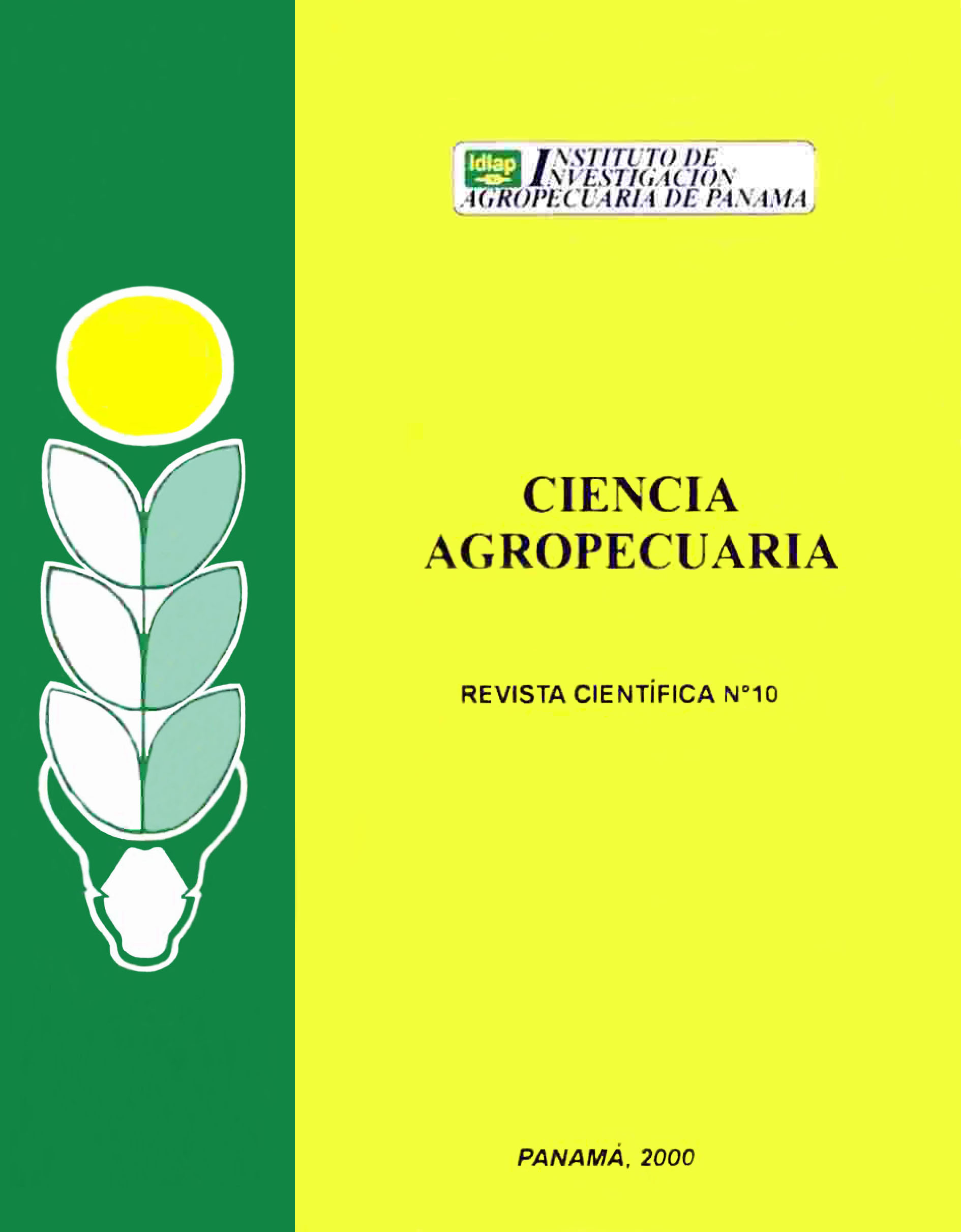EVALUATION OF GUALACA GRASS (Brachiaria dictyoneura, CIAT 6133) IN BEEF CATTLE PRODUCTION.
Abstract
This work was carried out in Gualaca Experimental Station during a four year period with the purpose of knowing Gualaca grass production and productivity (Brachiaria dictyoneura CIAT 6133) in terms of beef production and aspects of the grassland. Rotational grazing was of 10 days of occupation and 30 days of resting, grassland was fertilized with 50-30-20 kg N, P2O5 and K2O/ha/yr, respectively; fixed stocking rate during the dry season (4 head/ha) and during the raining season (4-6 head/ha). It was used Zebu males with 265 kg of initial live weight. There was significant difference (P<0.05) among animal units throughout the grazing years, being higher in the first year; however, the four year average was high, 3.93 and 2.24 AU/ha, in the raining and dry season; four year average weigth daily gains were 0.549 and 0.149 kg/animal during the raining and dry season; one kilogram production cost was B/ 0.66 and benefit/cost relationship was 11%. It was observed higher forage in the first year (P<0.01) over the other years, being the four year average available forage of 1,984 kg DM/ha/cicle; the rate of forage growing also was higher in the first year (P<0.05) with 47.8 kg DM/ha/d; grazing pressure was also higher in the first year (P<0.05) with 3.90 kg DM/100 kg LW. Gualaca grass showed crude protein content of 7.82% and 5.5%; in vitro digestibility of DM of 55.0% and 52.0% in the raining and dry season, respectively. It was concluded that Gualaca grass produced well and sustainable weight gains per animal and high production capacity per unit area due to its high forage production which allowed to support high stocking rate. On the other hand, this grass is a high alternative for grassland areas of Panama with low fertility soils in which predominate extensive livestock systems.
Downloads
Esta obra está bajo una licencia de Creative Commons Reconocimiento-NoComercial-CompartirIgual 4.0 Internacional.





